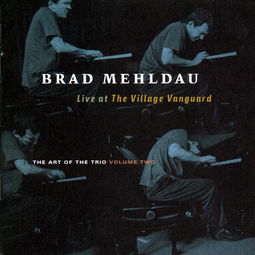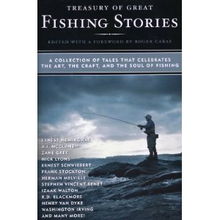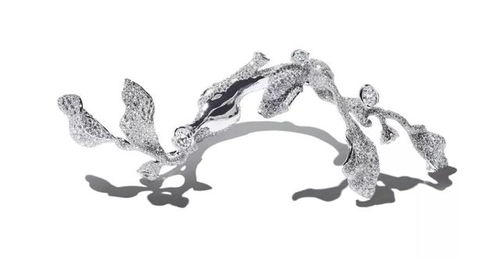
Content:
Lure fishing, a popular and exciting form of angling, involves the use of artificial lures to attract fish. Whether you're a beginner or an experienced angler looking to refine your technique, mastering the art of lure fishing can elevate your angling experience. In this article, we'll delve into the essential techniques that will help you become a proficient lure fisherman.
Understanding Lure Fishing Basics
Before diving into the techniques, it's crucial to understand the basics of lure fishing. Lure fishing is about mimicking the natural movement and appearance of fish prey to entice fish to bite. Unlike fly fishing or bait fishing, where you present a natural or dead bait, lure fishing relies on the action of the lure itself to attract fish.
Choosing the Right Lure
The first step in learning how to fish with lures is selecting the right lure for the species you're targeting and the conditions you're fishing in. Here are some key factors to consider when choosing a lure:
Species-Specific Lures: Different fish species have varying preferences for types of lures. For instance, bass often prefer rattle traps or spinnerbaits, while trout might be more attracted to streamers or nymphs.
Water Conditions: The water's clarity, depth, and structure can influence your choice of lure. In clear water, subtle lures like soft plastics or tiny spinners might be more effective, while in murky water, brighter and larger lures can stand out.
Weather Conditions: Wind, current, and water temperature can also impact lure selection. In windy conditions, a heavier lure might be necessary to cast further, while in cold water, slower-moving lures can be more effective.
Mastering the Cast
The cast is the foundation of lure fishing. Here are some tips to improve your casting technique:
Backcast: Begin by gripping the rod with a firm but relaxed grip. Swing the rod back over your shoulder, allowing the line to unwind naturally. Your wrist should be slightly bent, and your arm should be loose.
Forward Cast: Once the lure is behind you, accelerate the rod forward while maintaining a steady line tension. The acceleration should be smooth and controlled to achieve a long, accurate cast.
Accuracy: Practice casting in different directions and distances to improve your accuracy. It's essential to be able to place your lure precisely where you want it.
Learning the Retrieves
The retrieve is where the magic happens in lure fishing. Here are some retrieves to try based on the type of lure and the behavior of the fish:
Dead Retrieve: This involves slowly reeling in the lure without any motion. It's effective for fish that are actively feeding and can be used with various lures like spinnerbaits or soft plastics.
Twitch Retrieve: For lures like jigs or soft plastics, a twitch retrieve involves quickly pulling the lure in short bursts followed by a pause. This mimics the natural movement of prey.
Jerk Retrieve: This is a more aggressive retrieve, involving sudden, sharp movements of the rod tip. It's great for triggering strikes from fish that are not actively feeding.
Trolling: Trolling involves moving the boat at a steady speed while dragging the lure behind it. This technique is effective for covering a lot of water and can be used with various lures.
Reading the Water
Being able to read the water is a critical skill in lure fishing. Here are some tips to help you understand what's happening beneath the surface:
Structure: Look for areas where the bottom changes, such as rocks, weeds, or drop-offs. These areas can be hotspots for fish.
Water Movement: Currents and water flow can indicate the presence of fish. Fish often position themselves to take advantage of these movements.
Surface Activity: Look for surface disturbances, such as splashes or boils, which can indicate fish activity.
Handling the Fish
Once you've hooked a fish, it's time to handle it carefully. Here are some tips:
Play the Fish: Allow the fish to tire itself out by reeling in gently. Don't set the hook too hard, as this can lead to break-offs.
Land the Fish: Once the fish is close to the boat, use a net to land it. Make sure to support the fish's weight to prevent injury.
Release: If you're releasing the fish, handle it gently and try to minimize stress. Release it into water of the same temperature it was caught in.
Continuous Practice and Learning
Lastly, remember that mastering the art of lure fishing is a continuous process. Keep practicing your casting, retrieves, and reading the water. Additionally, observe other anglers, attend fishing clinics, and read up on fishing techniques to keep improving your skills.
By following these essential techniques and continually honing your skills, you'll be well on your way to becoming a proficient lure fisherman. Happy fishing!












